The Phoenician Period in Malta
The Phoenicians were an ancient seafaring people who lived in the eastern Mediterranean, in what is now Lebanon. They were excellent sailors and traders who explored and settled across the Mediterranean Sea. Around 700 BCE, the Phoenicians arrived in Malta and made it an important part of their trading network (Bonanno, 2005). This marked the start of a new and fascinating period in Maltese history.
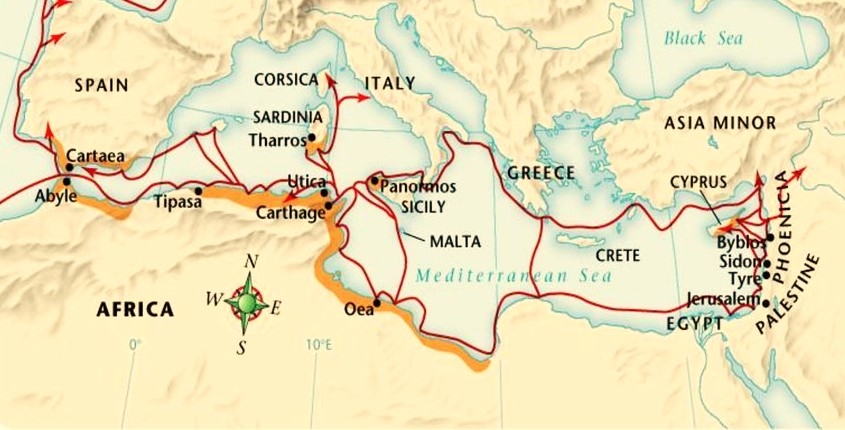
The Phoenicians and Their Settlements
When the Phoenicians came to Malta, they established small settlements near the coast, such as in Marsaxlokk and Mdina. These locations were chosen because they provided good harbours for their ships (Sagona, 2015). The Phoenicians brought with them advanced skills in shipbuilding, navigation, and trade. They used Malta as a stopover to restock their ships with food, water, and other supplies (Bonanno, 2005).
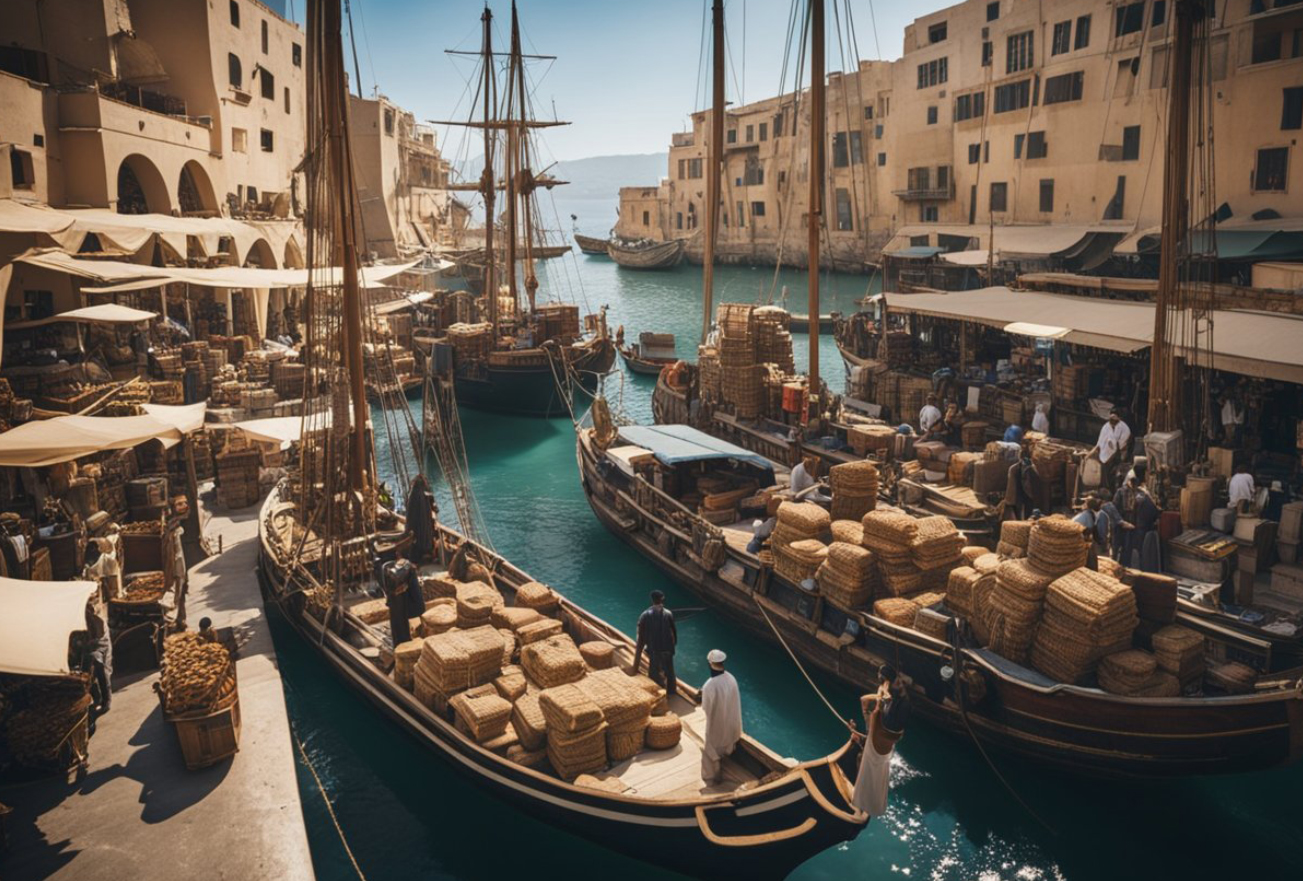
Trade and Cultural Exchange
The Phoenicians were known for trading goods like textiles, pottery, glass, and metals. In return, they exchanged ideas, technologies, and traditions with the local Maltese people (Bonanno, 2005). This cultural exchange helped improve the skills and lifestyle of the Maltese. For example, the Phoenicians introduced new pottery styles and writing systems, including an early form of the alphabet (Sagona, 2015).
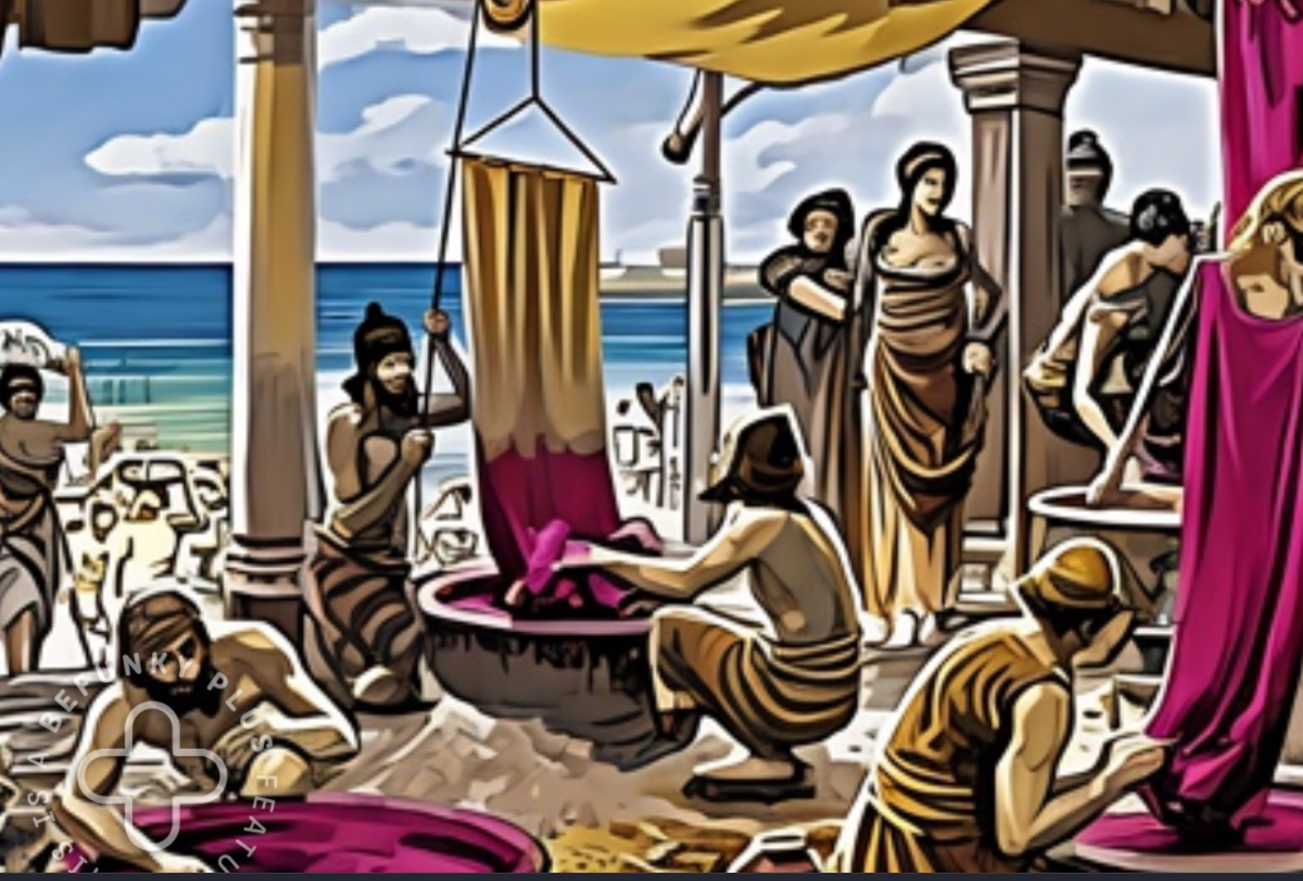
Religion and Temples
The Phoenicians worshipped many gods, often connected to the sea, trade, and fertility. They built small temples and shrines in Malta to honour these gods. The most famous site associated with the Phoenicians in Malta is the Tas-Silġ sanctuary in Marsaxlokk. Archaeologists have found remains of offerings and inscriptions there, which show how important religion was to these settlers (Sagona, 2015).
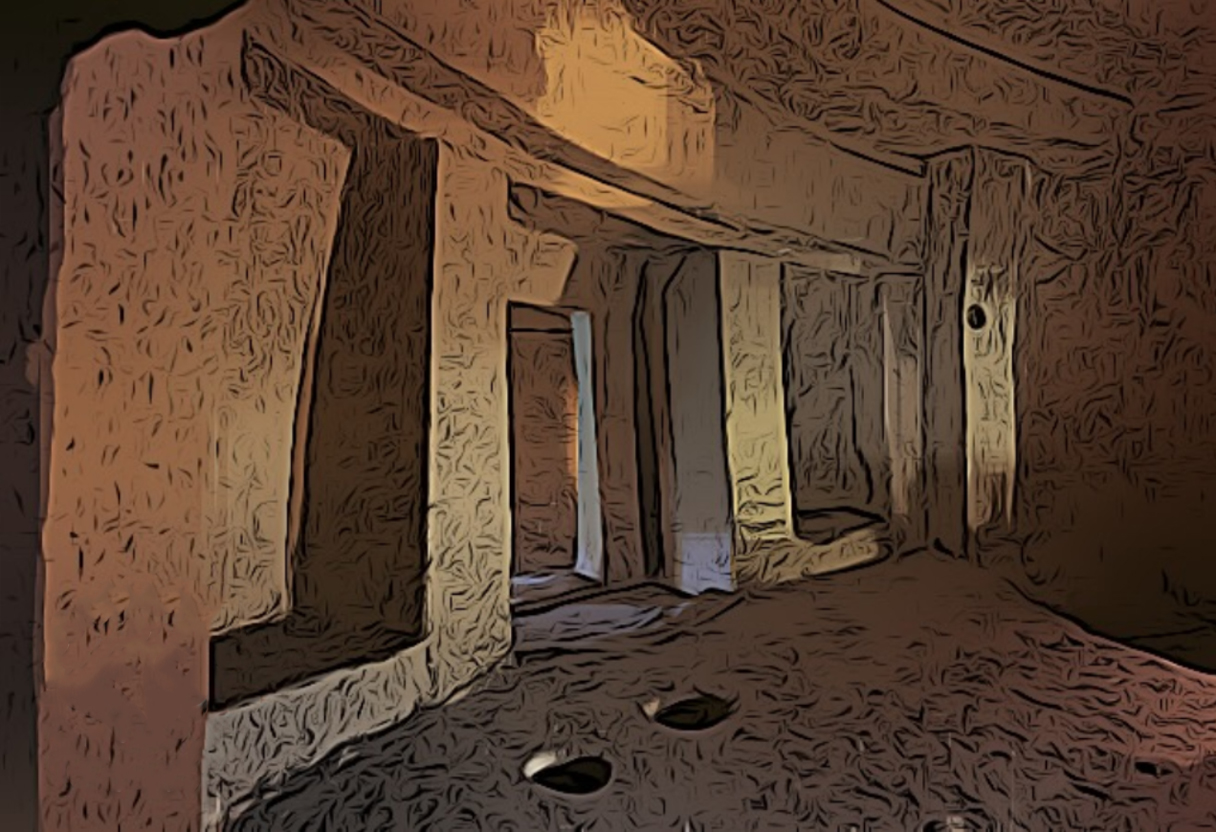
The Legacy of the Phoenicians
The Phoenician period in Malta lasted for several centuries. Over time, they were replaced by another powerful civilization, the Carthaginians, who were descendants of the Phoenicians. Despite this, the Phoenicians left a lasting legacy in Malta. Their influence can still be seen in artefacts such as pottery, jewelry, and inscriptions, which are preserved in Maltese museums today (Bonanno, 2005; Sagona, 2015).

Learning from the Phoenicians
Today, we can learn about the Phoenicians by studying the artefacts they left behind and visiting archaeological sites. Their time in Malta shows us how ancient cultures interacted and influenced each other. By understanding the Phoenicians, we gain a deeper appreciation for Malta’s rich and diverse history (Bonanno, 2005).
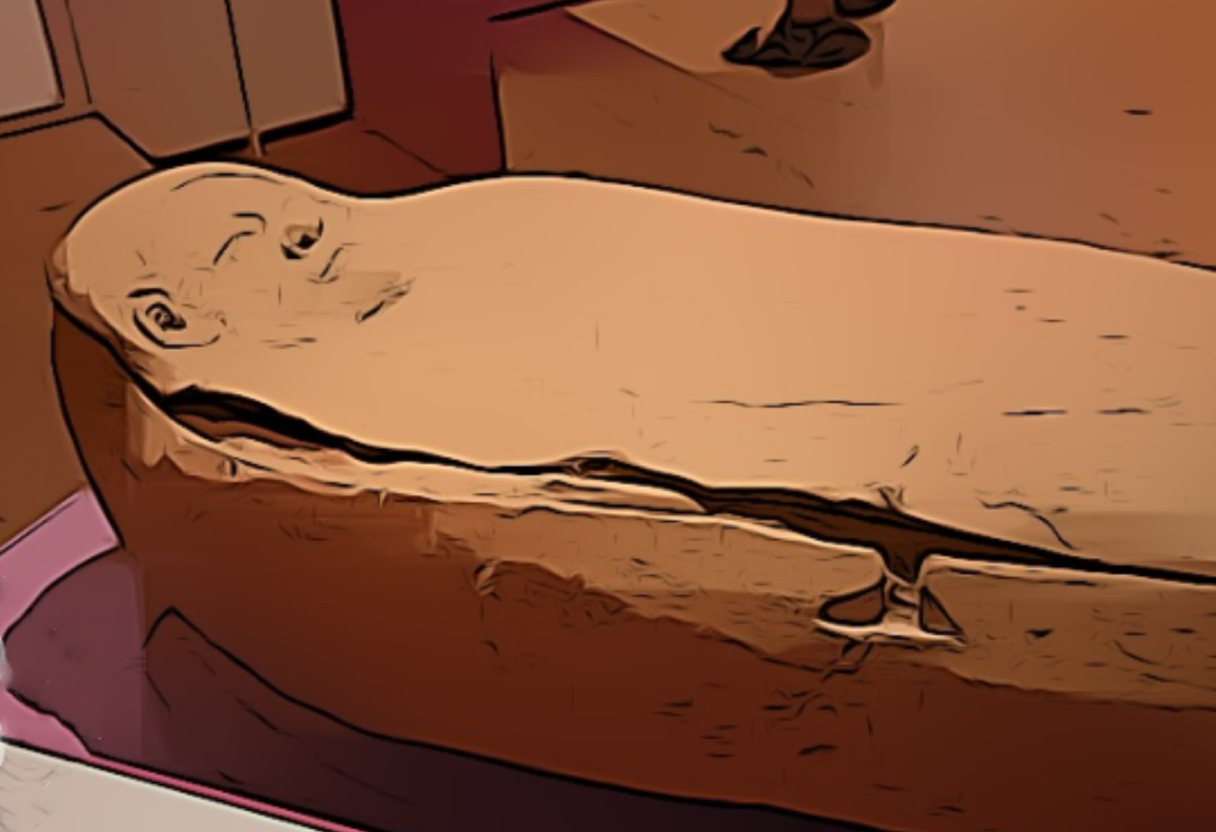
The Phoenicians were remarkable people who brought trade, culture, and innovation to Malta. Their influence helped shape the islands and connect them to the wider Mediterranean world. By exploring their history, we can see how Malta’s identity has been shaped by its role as a crossroads of civilizations.
References
Bonanno, A. (2005). Malta: Phoenician, Punic, and Roman. Midsea Books.
Sagona, C. (2015). The Archaeology of Malta. Cambridge University Press.

